-
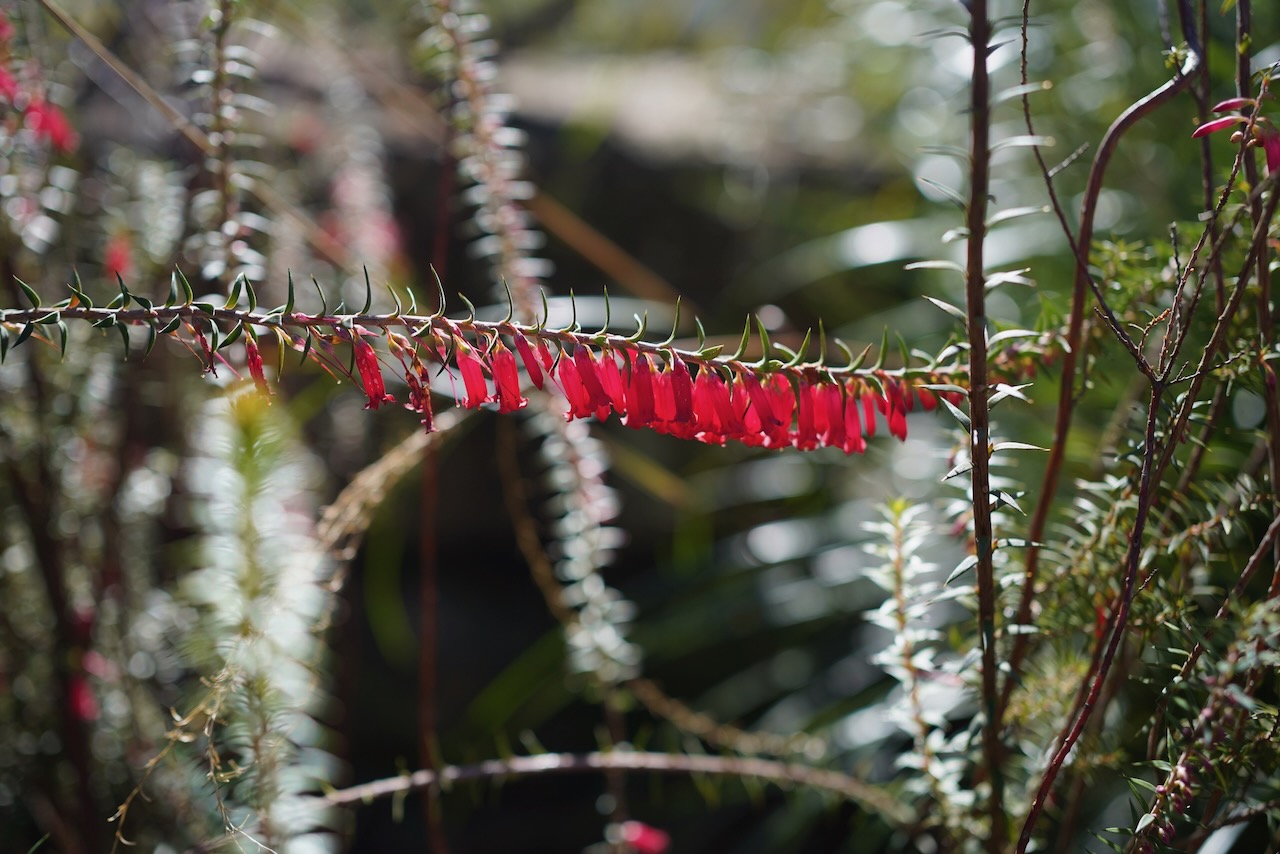
some very impressive Epacris
Epacris are simply delightful at this time of year, their long prickly stems get covered in dense clusters of small bell flowers, brightening any dull Winter day. There are many different Epacris species and they can be found growing as an under-storey in heathland in NSW, Victoria, Tasmania and South Australia, often on damp sandstone…
-
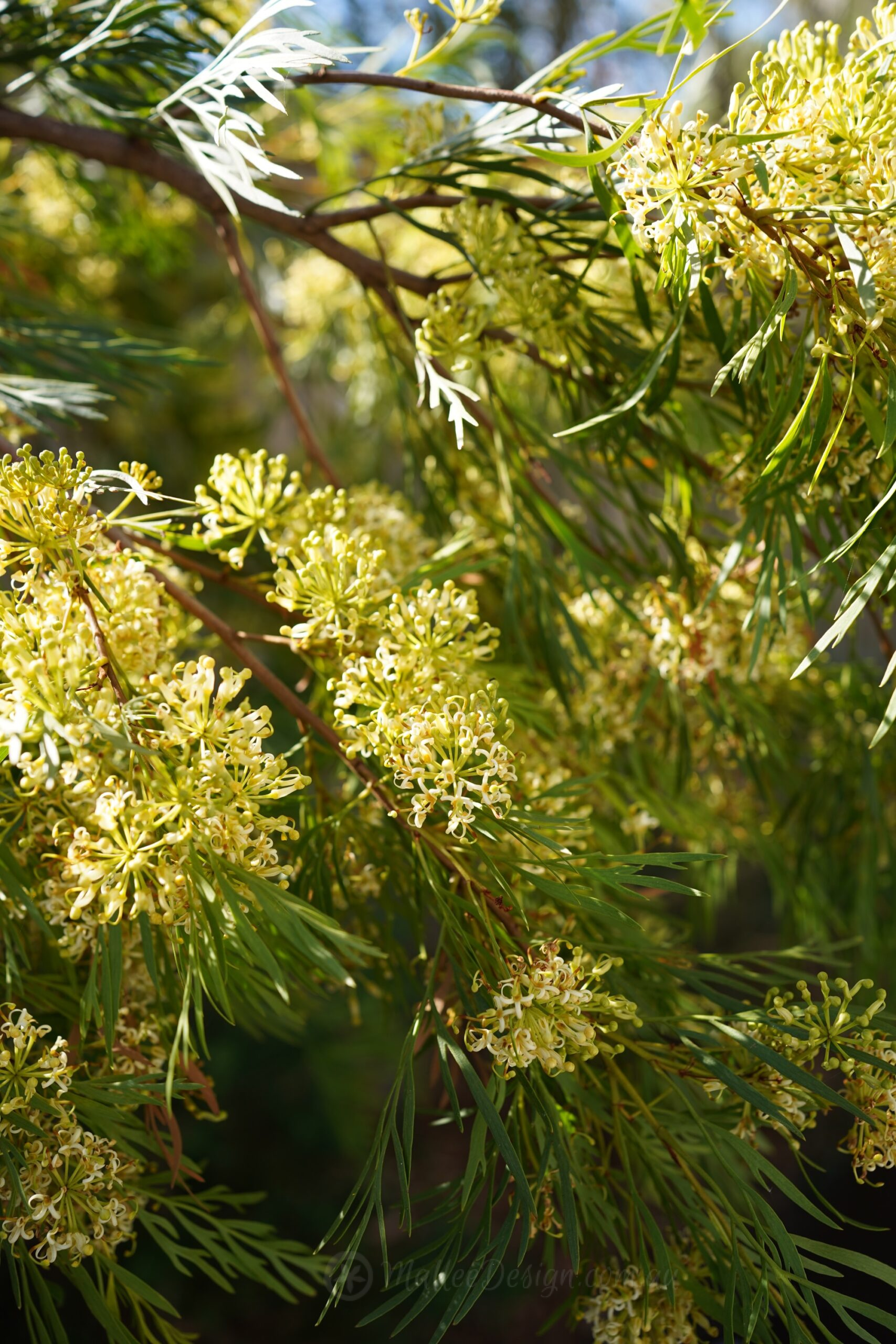
More Stenocarpus ‘Doreen’ please
These photo’s were taken of my very own Stenocarpus angustifolius ‘Doreen’ flowering in Autumn. A rainforest shrub native to QLD has delicate ferny foliage, and curly white flowers. Related to Stenocarpus sinuatus (Firewheel tree) but not as large, making it a better option for an urban garden. A cultivar of Stenocarpur angustifolius, we cannot find…
-
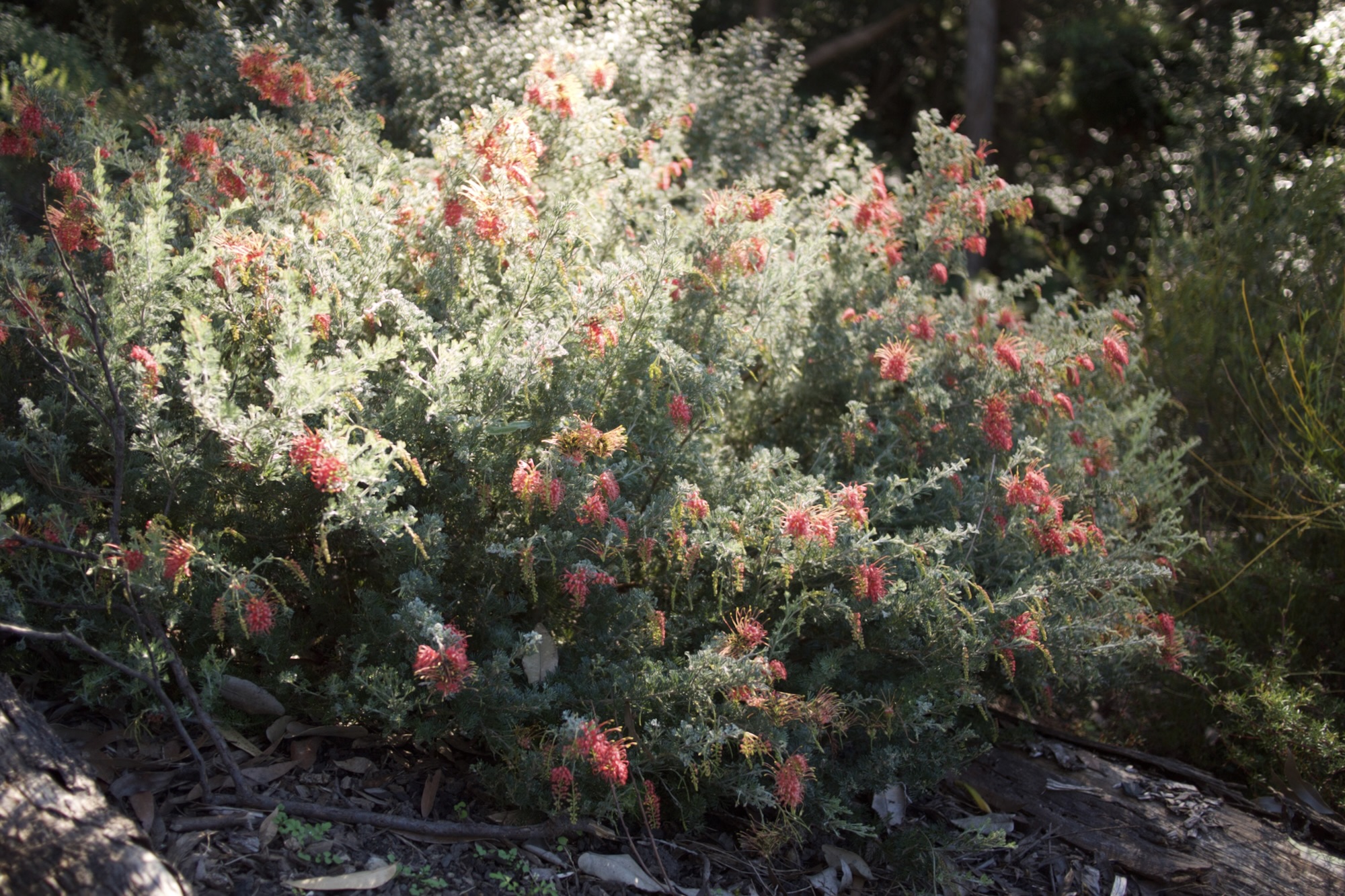
Soft and Foamy Grevillea’Seaspray’
Generally I am drawn to plants which are tactile and gentle, whether that be a weeping habit, furry leaf or light breezy foliage. By nature many of our Australian native plants have a grey or silver leaf, which helps them withstand extreme heat or salty sea air, this type of leaf I love as it…
-
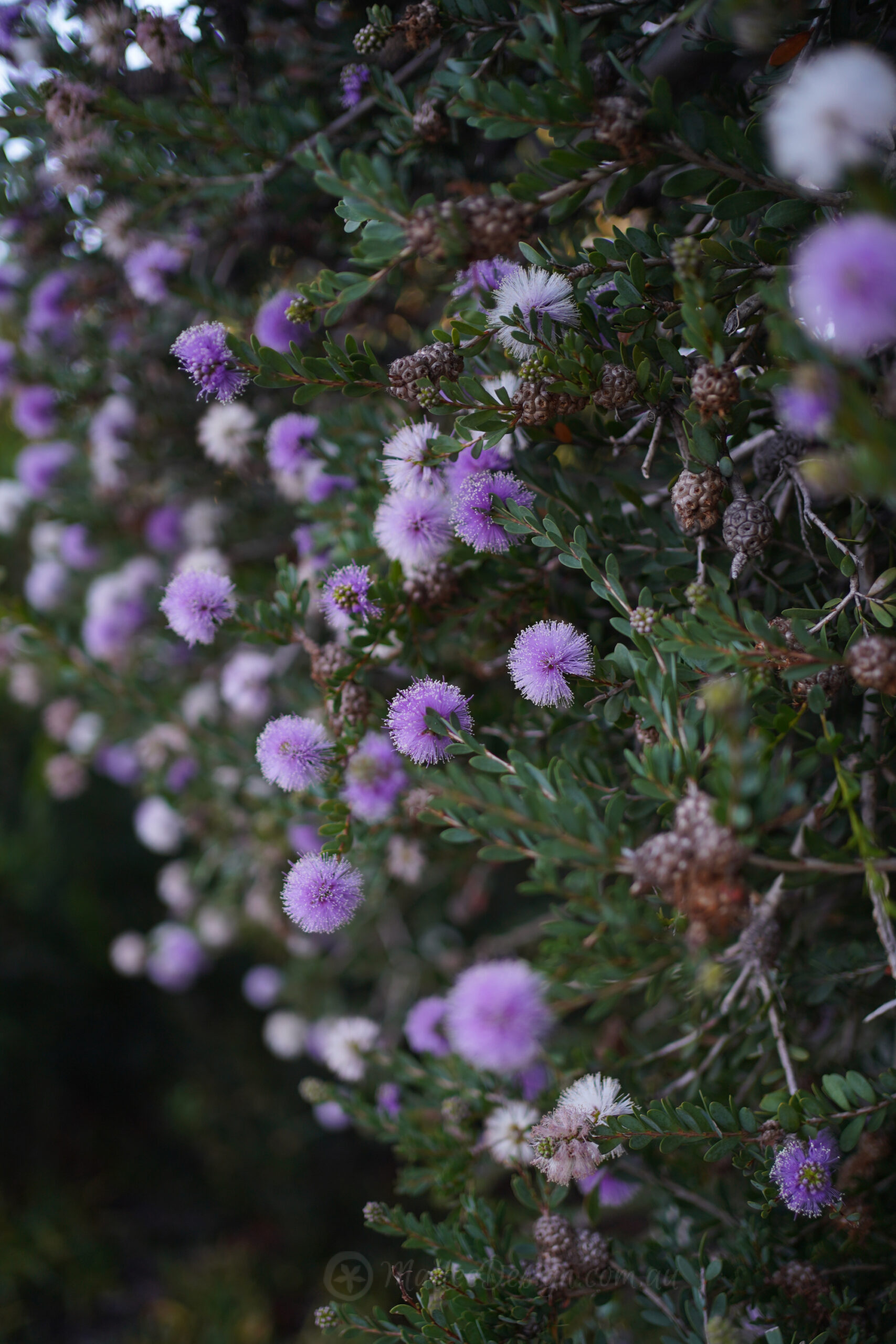
for lovers of purple:Melaleuca nesophila
I must admit purple is not one of my favourite colours and when clients specify purple flowers I often come up a blank and can only think of Hardenbergia, which is completely ridiculous as there are Brachyscome, Scaevola, Patersonia and soooo many Melaleucas have purple flowers, silly me. This one is one of my favourites…
-
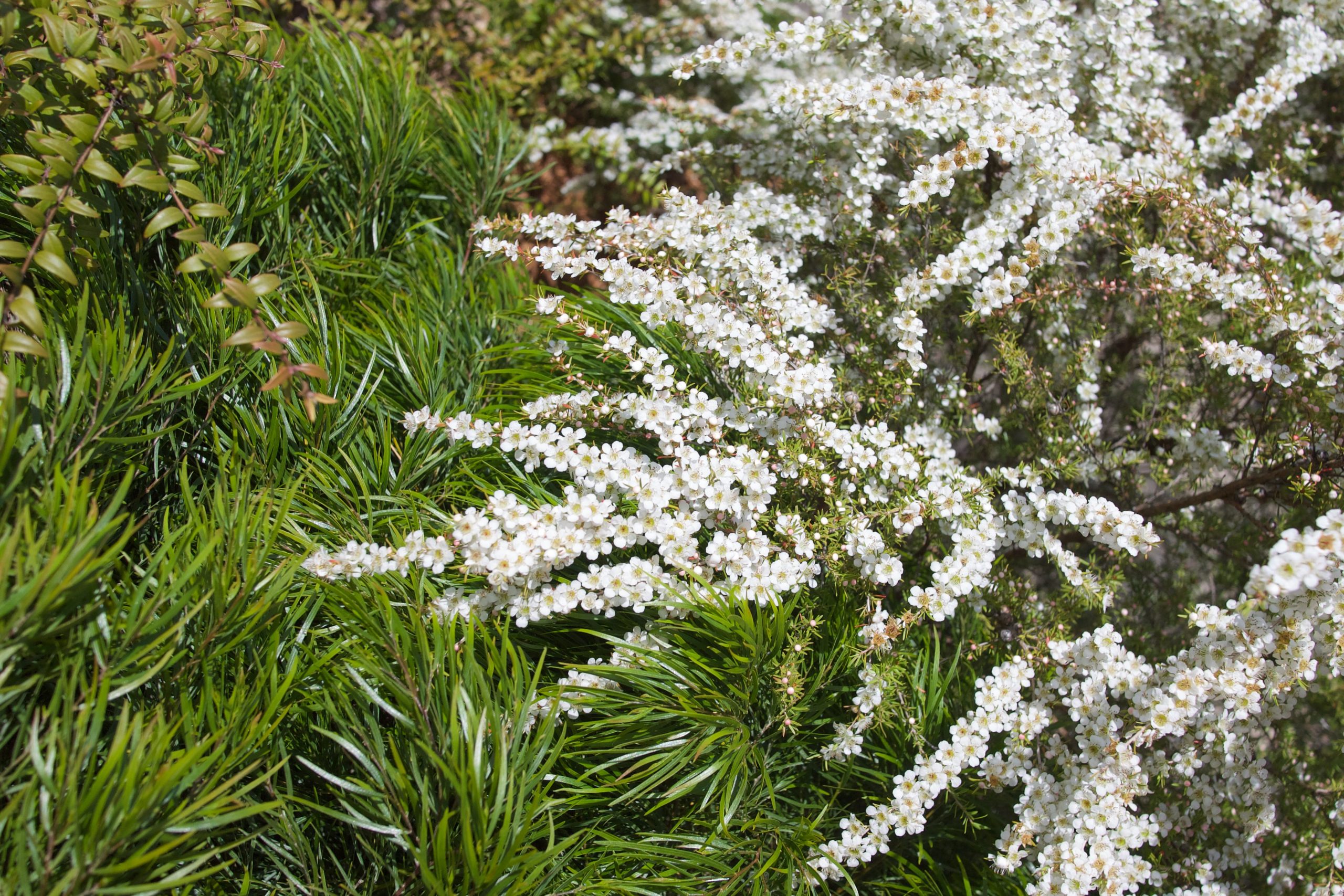
Leptospermum ‘Cardwell’: the most floriferous of them all
Leptospermum ‘Cardwell’ becomes fully veiled in white flowers from late winter through to spring and early summer, it appears to be covered in white fluffy snow and is quite the show stopper. The weeping habit is a favourite of mine and it will happily grow in tropical, subtropical, and in cooler temperate climates. An elegant…
-
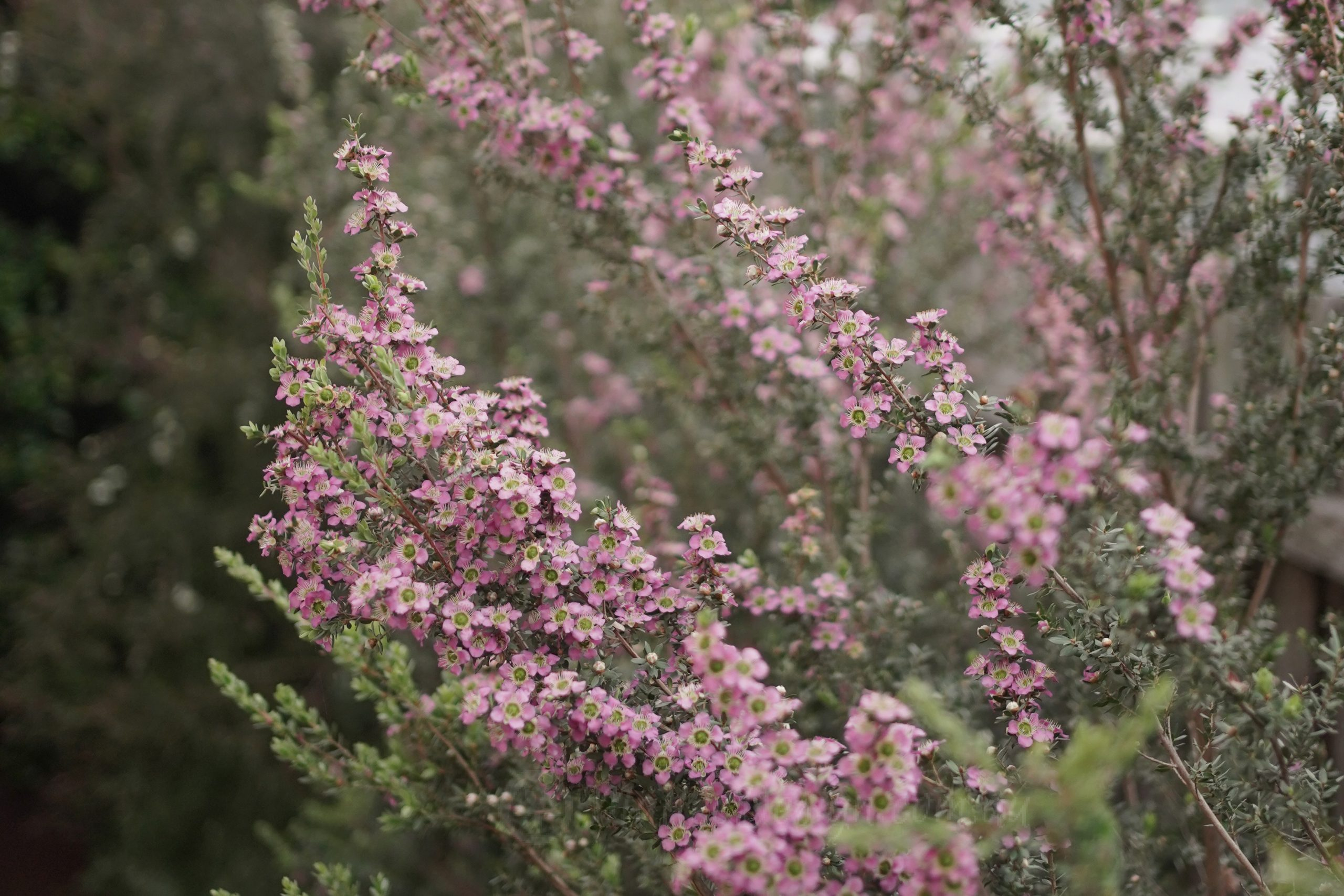
Privacy with punch: Leptospermum lanigerum ‘Seclusion’
Please meet Leptospermum ‘Seclusion’ which I am finding to be an outstanding native screening plant, originally I admit to buying it for its intriguing cultivar name ‘Seclusion’, who doesn’t want that in their garden right? It also has a classic favourite colour combination of mine which is grey leaves with pink flowers, and what a…
-
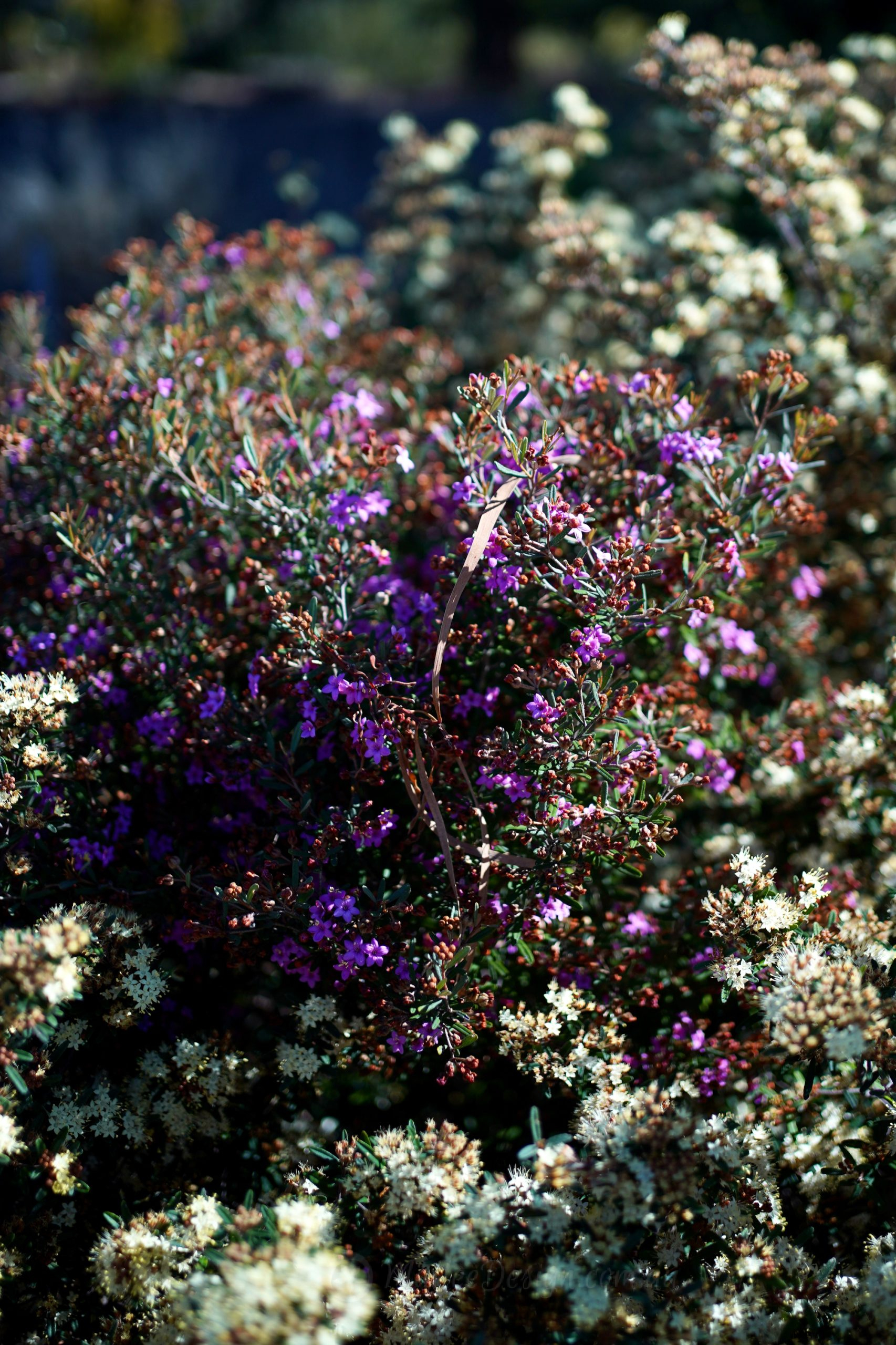
Phenomenal Phebaliums: the delicate blooms of Phebalium nottii and squamulosum
I am a long time fan of the Phebalium genus, these small to large shrubs which belong in the Rutaceae family can be found growing over much of the south and east coast of Australia. However Phebalium squamulosum is an extremely variable species which means it contains a number of forms and subspecies. So I must…
Tag: pollinating insects

